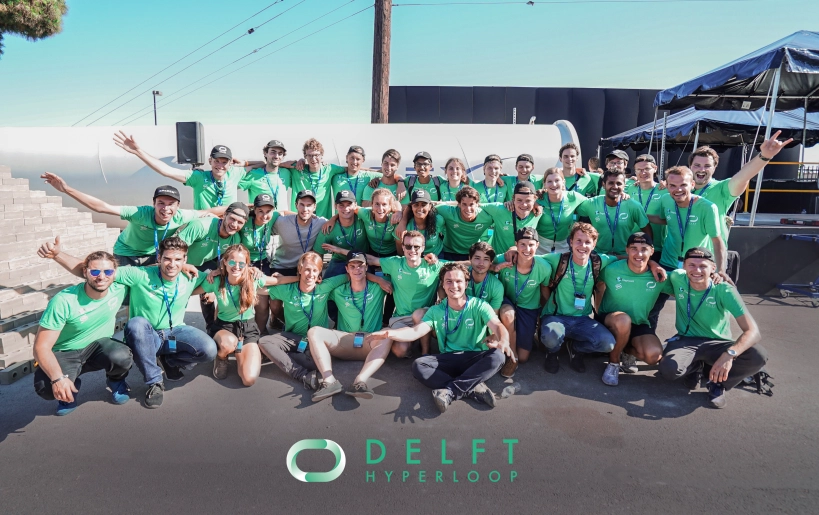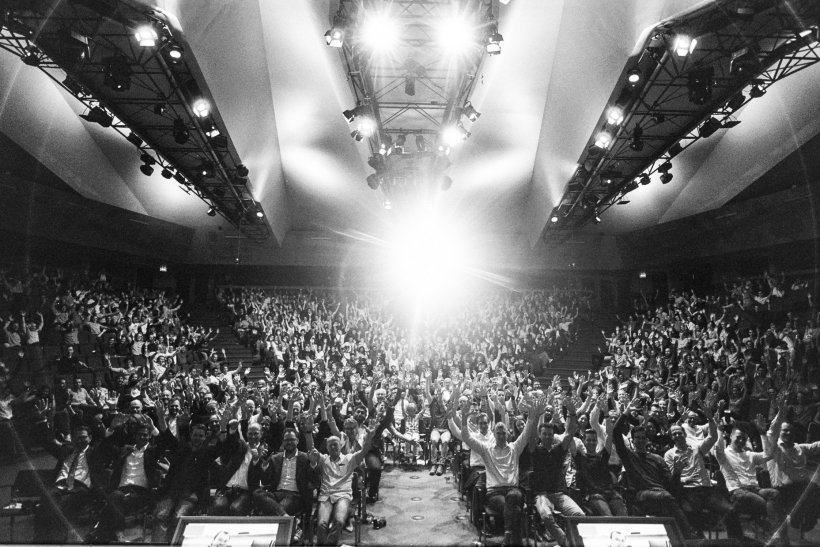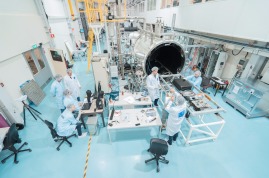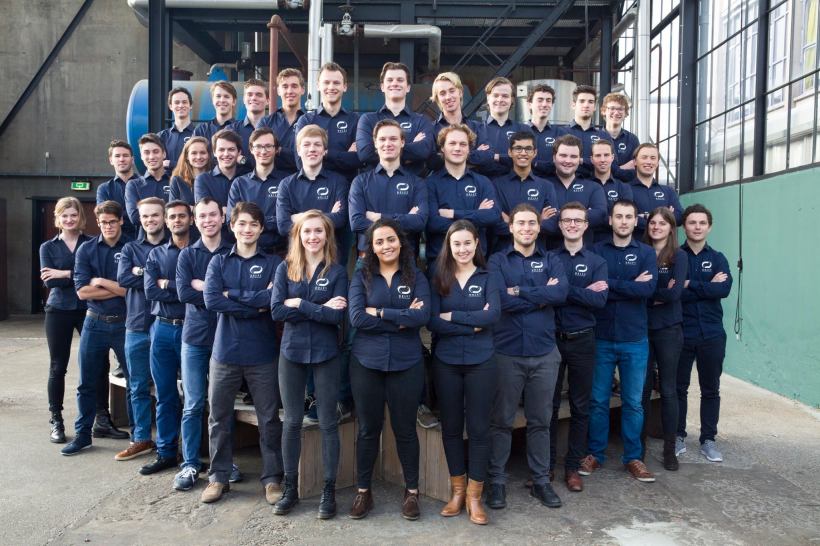After a week full of ups and downs we managed to finish the race 2nd!
Here is the full story
Part of our team arrived in Los Angeles on the 1st of July to set up a workshop and prepare the vehicle for the day we moved to SpaceX, on the 16th of July. Luckily enough, our sponsor DHL, not only helped us with transporting our pod from the Netherlands to the United States but they also gave us a working space in one of the LAX hangars.
During the competition week 16th – 22nd of July our team had to pass the safety checks imposed by SpaceX in the following order, the last one being the competition day itself, on the 22nd of July
The safety tests
- Structural inspection
- Mechanical fit check
- Navigation
- State diagram transition
- Functional
- External sub-track
- Vacuum chamber
- Open-air
- Final run
We started off on Monday the 16th going through the list and discussing with the SpaceX experts and advisors, trying to get their approvals in order to pass the tests. We managed to pass around two tests per day for the first few days.
It goes down from here
Unfortunately, somewhere mid-week we encountered challenging issues with our main software algorithm and we got stuck at test 5. We worked day and night on trying to solve our problems, but while we were debugging our software and resetting the main board, we had some short circuits. By Thursday, we burned our Hercules board and we had only one left. We ordered more spares, but unfortunately, none of them would have arrived before the competition, so we had to be very careful with that last board.
On Friday night, we were still stuck with the functional test and because we were in a rush and very tired, we burned the last board. At this point, 36 hours before the competition, we almost lost any hope. We were down and I could not believe that after an entire year of hard work, we ended up in this state. It was a terrible night, I couldn’t sleep almost at all.
Rising up
The next day, on Saturday morning, T-24h, we found a working Hercules board in one of our boxes. It was labelled not to be working, but magically enough, it was good to go. At this point, the entire team started working with a lot of energy and enthusiasm, having hope again for the finals.
By mid-day, we fixed all our software problems and we were ready to have the judges asses our pod. We passed the functional test in a few minutes. We run towards the external track and in no-time, the vehicle was set on the rail. This was a big moment for us, to prove that it works. And here is the proof:
Before we could try the same on the 1km long track in the open-air, we had to pass the vacuum chamber test as well. Luckily enough, we could do that in under 2h, as we already had practised the procedure at ESA.
And so we did. By 9pm we passed every single test and we were ready to enter the tube for the first time.
It was an amazing day. In 12h we managed to pass four big tests and qualify for the final race. We had 12 more hours to prepare for that and make sure that everything works perfectly.
The competition day
We had spent all the night before to make sure that we have the right parameters for the launch. Due to the limited testing time that we had on the rail, we had quite some uncertainty. Nonetheless, we were the first team to race on the day followed by EPFL and Warr. We took 30 minutes to set-up the vehicle on the rail and another 30 minutes to pump down to vacuum. The pumps could only bring the pressure down to 0.3bars within that time as we couldn’t afford to delay the entire event.
I go on the microphone 5, 4, 3, 2, 1 GO!… Nothing. Our pod could not start with the parameters for 500km/h (which were never tested in load). We had the backup parameters at hand. The ones that worked the night before. We quickly plugged them in and I go again: 3, 2, 1 GO!… And it goes this time, not to 500km/h, but to 142km/h.
So what happened?
In short, the motor controller overheated and it reached the thermal limit of 80deg C. In these cases, the procedure is to disable the motor and enable the brakes in order to bring the pod to a safe stand-still state.
We learned many things from this project, from each other, from the SpaceX employees during the competition and from the industry. One of the most important thing that I will take home is testing. If we would have had one more day to test the behaviour of the overall system, collect telemetry and understand it, then the race would have been a bit more interesting.
I congratulate Warr from TU Munich for reaching an amazing speed of 467km/h and breaking the speed record and EPFL from Lausanne for reaching 85km/h.
Delft Hyperloop will not give up, because a new team will now continue to push the limits of technology with a new pod, even faster. They now have DH02 from which they can learn a lot.













